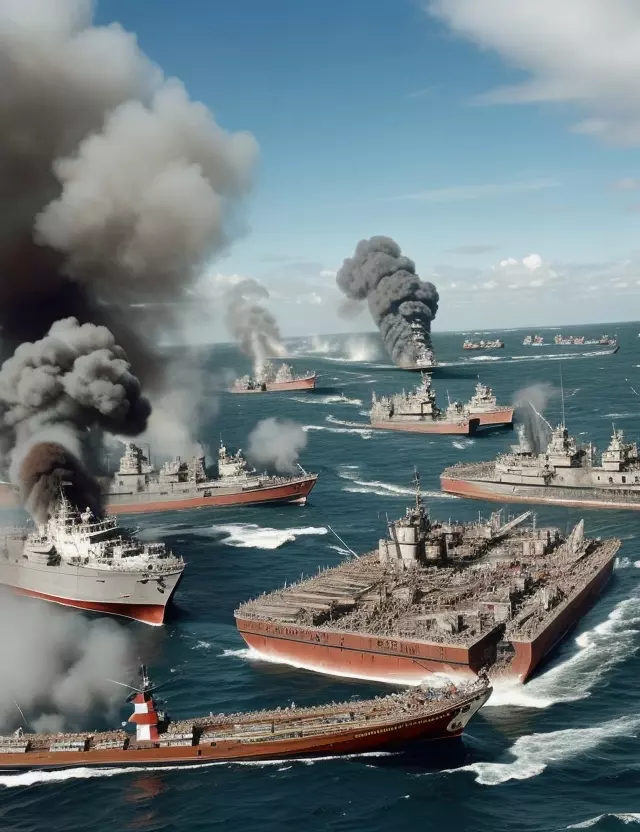Battle of the River Plate: First Major Naval Battle of World War II
Historic Conflict off the Coast of South America (1939-12-13)

The Battle of the River Plate
On December 13, 1939, the Battle of the River Plate unfolded, marking a pivotal moment as the first major naval engagement of World War II. This historic conflict took place off the coast of South America and had far-reaching implications for the early stages of the war.
Key Players
The battle involved the British Royal Navy and the German pocket battleship Admiral Graf Spee. The German vessel, under the command of Captain Hans Langsdorff, had been disrupting Allied shipping in the South Atlantic prior to the engagement.
Strategic Maneuvers
The Battle of the River Plate involved strategic maneuvers and naval tactics. The British forces, led by Commodore Henry Harwood, successfully engaged the Admiral Graf Spee near the estuary of the River Plate in South America. Despite being outnumbered, Harwood's tactical decisions proved effective.
Outcome and Impact
The engagement resulted in damage to the Admiral Graf Spee, forcing Captain Langsdorff to seek refuge in the neutral port of Montevideo, Uruguay. Faced with the prospect of a protracted battle and being outnumbered, Langsdorff scuttled his ship to prevent its capture, marking a victory for the Allies.
Global Significance
The Battle of the River Plate had global significance, as it demonstrated the effectiveness of British naval operations and boosted Allied morale in the early years of World War II. The engagement highlighted the challenges faced by German commerce raiders operating far from home ports.
Legacy in Naval History
The Battle of the River Plate remains a notable chapter in naval history, showcasing the importance of naval power and strategic decision-making in the context of the broader conflict of World War II.



